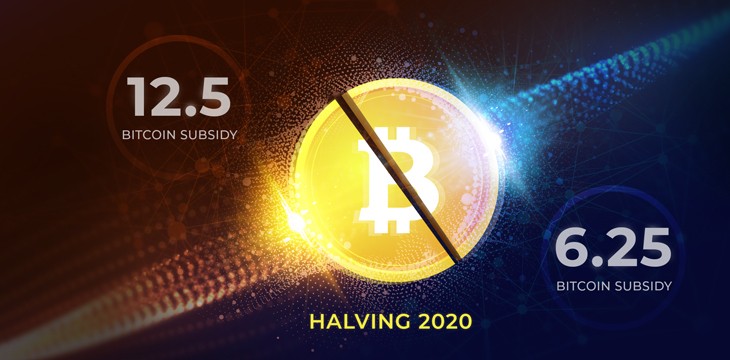Key Takeaways
- NFTs represent verifiable digital ownership powered by blockchain technology.
- In 2025–2026, NFTs are evolving beyond art into gaming, identity, and real-world assets.
- The future of NFTs lies in utility, interoperability, and long-term value creation.
What Is an NFT? Understanding the Digital Asset Revolution
In 2025, the question “What is an NFT?” goes beyond the buzz of pixelated art and celebrity collectibles. Non-Fungible Tokens (NFTs) have matured into a foundation for digital ownership, authenticity, and asset management across multiple industries. As blockchain technology continues to reshape the way we define value, NFTs are emerging as a cornerstone of the decentralized internet — Web3.
From music royalties to real estate titles, NFTs are no longer just speculative digital goods. They’re becoming essential instruments for proving ownership and enabling creators and businesses to interact directly with users without intermediaries.
The Basics: Defining NFTs and Their Blockchain Foundation
NFT stands for Non-Fungible Token. “Non-fungible” means that each token is unique and cannot be replaced by another of equal value — unlike cryptocurrencies such as Bitcoin or Ethereum, which are interchangeable.
Each NFT is recorded on a blockchain — a decentralized digital ledger — that verifies its authenticity and ownership history. This verification makes it nearly impossible to counterfeit or duplicate an NFT.
Most NFTs exist on Ethereum and newer chains like Solana, Polygon, and Avalanche, which offer faster and cheaper transactions. The token’s metadata — the information about the digital asset — can represent anything from artwork and music to in-game items or real-world property deeds.
In simpler terms, NFTs turn digital files into verifiable assets — things that can be owned, sold, traded, or even borrowed against.
From Art Craze to Utility: The Evolution of NFTs (2025–2026)
The early NFT boom between 2020 and 2022 was fueled by art collectibles like CryptoPunks and Bored Ape Yacht Club. While those projects drew massive attention, they also revealed the market’s speculative and volatile side.
By 2025, NFTs have moved past hype cycles toward utility-driven adoption. In this new phase, the technology’s value lies in what NFTs do, not just what they represent.
- Gaming and Metaverse Assets: NFTs are now central to Web3 gaming economies, allowing players to truly own skins, weapons, or characters that can move across multiple virtual worlds.
- Music and Media: Artists use NFTs to tokenize music rights, giving fans direct ownership stakes and exclusive access to releases.
- Identity and Certification: NFTs are being used for digital IDs, education certificates, and event tickets, offering tamper-proof verification and reducing fraud.
- Real-World Assets (RWAs): Tokenized real estate, cars, and even fine wine collections are emerging as regulated NFT-backed investments.
The shift toward practical integration is redefining NFTs from digital fads into usable infrastructure for digital economies.
Why NFTs Matter: The Value of Digital Ownership
NFTs answer a fundamental problem of the digital age — how to prove ownership of something that exists only online.
In Web2, digital items can be easily copied, shared, or pirated. Web3 and NFTs introduce scarcity and verifiable authenticity, giving digital items tangible value. For creators, this means:
- True Ownership: Artists retain full control over their work, even after it’s sold.
- Royalties: Smart contracts can automatically pay creators every time an NFT changes hands.
- Transparency: Every transaction is recorded on-chain, offering public proof of ownership.
For users, owning an NFT is more than a collectible — it’s a passport into digital ecosystems, communities, and economies that reward participation and loyalty.
As Web3 adoption accelerates in 2026, NFTs are becoming integral to identity, commerce, and entertainment — the same way websites and social media profiles became essential in Web2.
NFT Market Outlook: Regulation, Sustainability, and Interoperability
Looking ahead to 2026, the NFT landscape is maturing under clearer regulations and improved infrastructure. Governments and global organizations are developing frameworks to manage NFT taxation, consumer protection, and intellectual property rights.
Environmental concerns — once a major criticism of blockchain — are being addressed by energy-efficient proof-of-stake networks like Ethereum’s post-Merge model. This shift makes NFTs far more sustainable, opening the door for mainstream acceptance.
Meanwhile, interoperability — the ability for NFTs to move seamlessly between different platforms and blockchains — is emerging as the next big milestone. Projects are focusing on cross-chain standards that allow assets to retain their value and functionality across ecosystems, from gaming metaverses to digital marketplaces.
The Future of NFTs: From Collectibles to Infrastructure
By 2026, NFTs are expected to underpin much more than digital art. They’re forming the invisible backbone of the decentralized digital economy.
- Finance: NFT-backed loans and tokenized assets are merging traditional finance with DeFi protocols.
- Commerce: Brands are using NFTs to authenticate products, issue loyalty rewards, and build customer engagement.
- Governance: DAOs (Decentralized Autonomous Organizations) rely on NFTs to represent voting rights and community memberships.
This transformation mirrors the evolution of the internet itself — from static web pages to dynamic platforms that power everything from banking to social media. NFTs are set to follow that same trajectory, becoming essential tools in the digital world rather than speculative investments.
Conclusion: NFTs in 2025–2026 — The Era of Real Utility
So, what is an NFT in 2025? It’s no longer just a digital collectible — it’s a programmable certificate of ownership, a gateway to digital identity, and a foundation for trust in the decentralized web.
As the world continues to digitize assets, art, and identities, NFTs stand at the crossroads of technology and culture. Their future lies in how creatively — and responsibly — we use them to shape economies that are open, transparent, and user-owned.
In the coming years, NFTs will not just represent what we own online, but who we are in an increasingly digital society.




